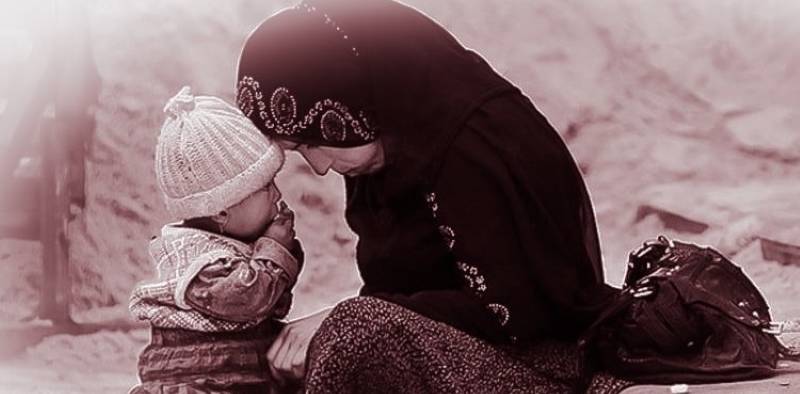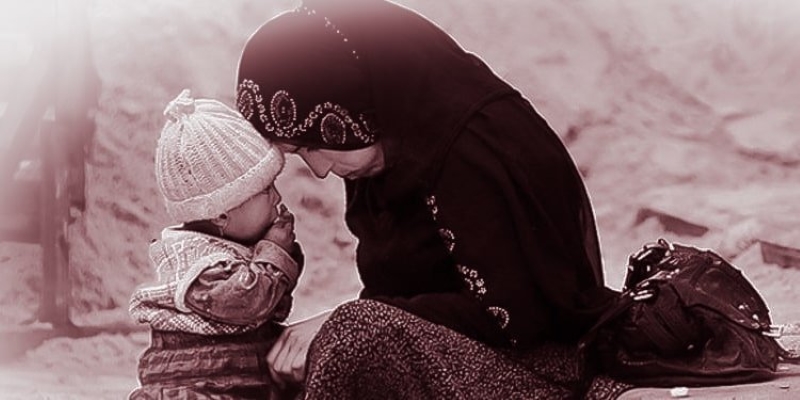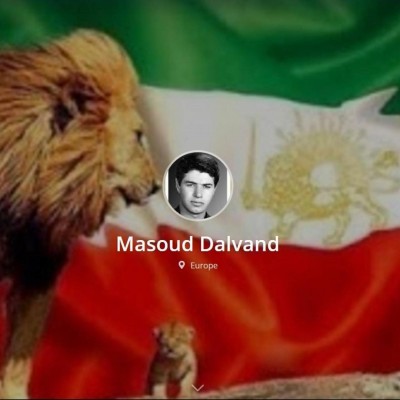Another Achievement of Iran’s Misogynous Regime: Women Living in Holes and Canals


Women Living in Holes and Canals
The Iranian regime has brought nothing but poverty and destruction for Iranian people. Iranian women are under even greater pressure, due to the regime’s misogynist nature. The current situation of the Iranian society has forced some Iranian women to live in holes and canals, according to a regime expert.
In an interview with the state-run Etemadonline website, Mohammad Reza Mahboubfar said: “Some women heads of households have no shelter and are forced to live in ruins, destroyed buildings, shantytowns, tents, underground holes and canals. Female slumdwellers do not have appropriate housing.”
Iran is one of the richest countries in the world in terms of natural resources. Yet, the Iranian regime has plundered the nation’s wealth to pursue its warmongering policies such as helping its terrorist proxy groups in other countries, obtaining a nuclear bomb, and increasing suppression. These policies have forced the Iranian people into poverty. Many Iranians are forced to become slumdwellers.
In this regard, Mahboubfar said: “In the past, the number of slumdwellers was said to be around 25 million, but today it has risen to 38 million. We can surely say that slumdwellers in Tehran have increased by 60%.”
The Iranian society grapples with poverty and now the COVID-19 pandemic, which has claimed the lives of over 60,000 people. Iranian women have a more deplorable condition.
“The number of women heads of households in the country has increased, and these people are facing many problems because of living in shanty towns, rising inflation, and living crisis, especially housing. Some of these women, who are forced to live on the outskirts of the cities, are severely threatened by violence such as violence against women, addiction, selling babies and [prostitution],” Mahboubfar added.
According to this regime expert, women heads of households live mostly in the suburbs, southeast and southwest of Tehran and around cemeteries, in Islamshahr, Pakdasht, Varamin, etc.
The Women’s Committee of the National Council of Resistance of Iran (NCRI) in a statement on April 15 wrote: “One sector of society that suffers dual economic pressure is nearly four million female breadwinners, most of whom live under the absolute poverty line.”
The state-run Javan daily, in an article on April 13, 2020, wrote: “One of the worst economically affected sectors by the Coronavirus outbreak are women heads of household. Their true (suffering) could be seen among peddlers in subways, carrying heavy goods from one car to another, trying to sell their goods to female passengers on the metro. Female breadwinners, working in underground workshops, either those who have lost their husbands or those who lack support, as well as girls who need to support themselves, are very vulnerable in such a situation.”
On April 20, as the Iranian society was facing the coronavirus pandemic, a shocking video circulated online, showing a group of poor “underground dwellers.” This shocking footage was filmed on March 16, 2020 and published on April 20 on the state-run website of Hamshahri TV. Although the issue of the underground dwelling of the unfortunate victims of addiction is not new, the release of this film attracted a lot of attention on social media. It caused a wave of public disgust at the regime.
The NCRI, in a shocking report in September 2019, revealed that as the Iranian economy fails due to the regime’s wrong policies, lucrative business of selling bodily organs increases. State-run newspaper Mashregh reported on February 28, 2017 that regarding the sale of kidneys by people in extreme poverty, Dr. Hossein Ali Shahriari, then member of the Health Commission of the Majlis (parliament), said: “There is nothing wrong when a person who lives in poverty, and by receiving 200 to 300 million rials ($2,000 to $3,000 at the exchange rate of the time) transforms his life.”
Many women are selling their kidneys to make their livings. Hossein Biglari, director of the Association of Special and Incurable Patients in Kermanshah, western Iran, in an interview in 2014 said: “Youth, 20 to 30-year-olds, including young girls, come to us to sell their kidneys.”
In addition to poverty, the regime’s misogynist constitution has legalized violence against women. The so-called “honor killings,” such as the beheading of 13-year-old Romina Ashrafi by her father, or Fatemeh Ameri being killed with an axe by her father in recent weeks, are the outcomes of the oppressive and medieval policies and laws of the misogynist clerical regime that encourage and promote violence against women and girls.
In a nutshell, the regime’s institutionalized corruption, funding of terrorism and wasting national resources on unnecessary projects such as its nuclear program, along with the regime’s misogynist nature, has turned Iran into a hell for Iranian women. For the very same reason, the Iranian women are on the forefront of the struggle against the religious fascism. Hundreds of thousands of women have sacrificed their lives, and they have been leading the Iranian Resistance movement against the mullahs’ regime. The presence of the Iranian women at the forefront of the Iran protests in November and January confirms women’s leading role in Iranian people’s quest for freedom.







